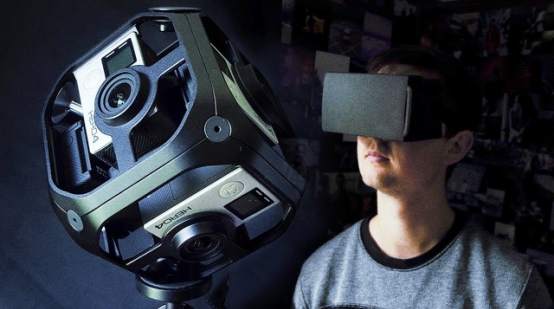
Virtual Reality and 360 Filming Panel in Cannes with Cyber-technology
May 21,2018
 Entertainment lawyer Corky Kessler took the initiative once again this year in Cannes of setting up a week long programme of panels covering US federal incentives, the Enterprise Investment Scheme in the UK, international co-production, distribution, handling the press, directing, acting, pitching skills and women in film. Corky is a natural and generous connector of people who understands that by creating a forum of information sharing and networking, with follow-up at two of the houses’s immensely enjoyable parties, an atmosphere is fostered for both training and seasoned film professionals to communicate and collaborate on emerging film projects.
Entertainment lawyer Corky Kessler took the initiative once again this year in Cannes of setting up a week long programme of panels covering US federal incentives, the Enterprise Investment Scheme in the UK, international co-production, distribution, handling the press, directing, acting, pitching skills and women in film. Corky is a natural and generous connector of people who understands that by creating a forum of information sharing and networking, with follow-up at two of the houses’s immensely enjoyable parties, an atmosphere is fostered for both training and seasoned film professionals to communicate and collaborate on emerging film projects.
The VR and 360 Filming panel was not initially my highest priority to attend, but as these nascent technologies increase in range and application, their uses will become everyday and accessible to the public in ways previously unconceived. For example VR’s uses have ventured into rehabilitation treatment for patients with chronic injuries, treatment of severe phobias, martial arts, fitness, NASA and military training, car manufacture, educational programmes, and crime re-construction for courtroom use.
https://www.livescience.com/53392-virtual-reality-tech-uses-beyond-gaming.html
Here are a couple of brief out-takes from the Cannes panel, led by futurist speaker and 360 developer Maxim Jago, and Jeffrey Travis, VR engineer:
As the panel ventured into developments in 360 filming, I considered the shooting possibilities for White Royal, our high tech conspiracy thriller in which a scientist engages tracker cyborg insects on a kidnap recovery mission, and how 360 technology facilitates fast, continuous multi-view aerial perspectives.
On high budget studio films, 360 filming has delivered some phenomenally exciting results, as shown here in this 360 clip of the Quicksilver scene from X Men, Days Of the Future Past, which gives the audience a hyper-real and fully immersive experience that arguably achieves its best potential in the sci-fi genre, and although this fun and gimmicky style of comic book delivery works for the X-Men franchise and The Matrix (which pioneered techniques in 360 filming in the very early days) a more sparing use of 360 in a gritty, espionage tech-thriller can intercut with more traditional shot changes and close ups to allow a undistracted focus on natural dialogue and raw human drama.
Interestingly, real science has caught up with many of the technological advances that were previously science fiction, so the cyborg insects in White Royal have advanced in their capabilities since I first wrote the script in 2011. Organically bred insects with thoracic micro-chip controls have now been replaced by mosquito sized flying robots that can potentially work as an operational 360 surveillance team, and although the quality of footage cannot compete with standard size film cameras, DARPA (the US military research unit) are surprisingly publicly transparent about the technological leaps their miniature aerial soldiers have made: smaller, smarter, swifter and with “potential” DNA testing and RFID (radio frequency ID) tracking capabilities.

Written by Sina Bowyer


